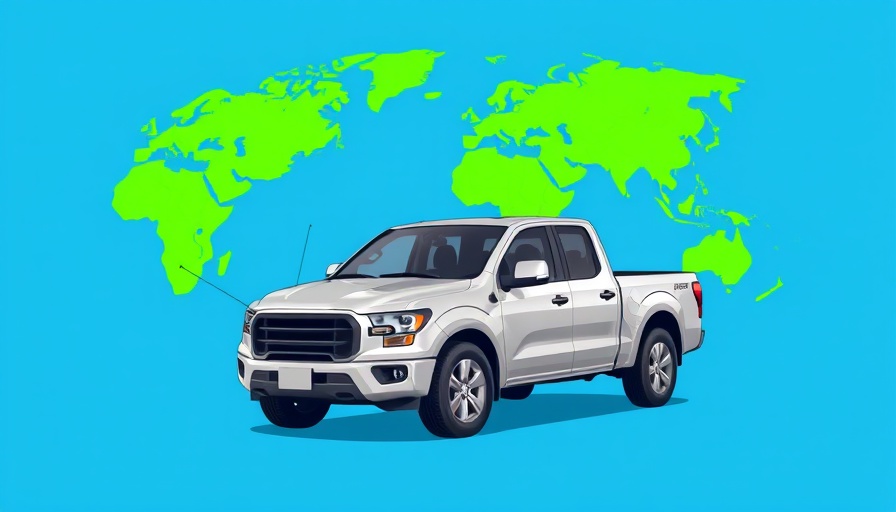
The Global Journey of Your Car
In today's world, the manufacturing of automobiles is a complex dance of globalization and technology. Long gone are the days when cars were predominantly made in one location. The supply chain for a car's birth begins far and wide, with parts crafted in various countries before they are brought together for assembly. This international cooperation allows automakers to achieve economies of scale, which lowers costs and improves efficiencies—benefits that ultimately trickle down to consumers.
Understanding Car Manufacturing Regions
Let’s take a closer look at the major markets driving the automotive industry. The Asia-Pacific region stands at the forefront, responsible for over 40% of global car sales. This staggering statistic highlights the dominance of markets like China and Japan, where both mass production and innovative technologies flourish.
Next up, Europe, known for its strong automotive heritage, ranks as the second-largest market. Countries such as Germany, France, and the UK lead the charge in vehicle purchases, partly due to a cultural inclination toward compact cars that suit the continent’s narrow streets. The region is also making significant strides towards electric vehicle sales in response to changing environmental standards.
North America, primarily led by the United States, takes third place overall. Practices like rigorous safety standards and a preference for automatic transmissions shape this market. Evidence also suggests that approximately 50% of new vehicles sold in the U.S. are assembled domestically, showcasing a blend of local assembly and international parts sourcing.
Impact of Economic Factors
The global nature of car manufacturing isn’t without its challenges. Tariffs on imported vehicles and parts not only impact the cost of production but can also raise the final purchase price for consumers. Surging tariffs could inflate vehicle prices by as much as $15,000, as noted by recent studies. This economic pressure can restrict consumer choices and influence insurance policy pricing as well.
Future Trends in Automotive Manufacturing
As we look to the future, several trends are emerging in automotive manufacturing. Supply chain responsiveness will become increasingly vital, especially in light of unpredictable factors like natural disasters or geopolitical tensions that could impede the flow of parts and components. Furthermore, a rising shift toward electric vehicles could reshape manufacturing processes and create new categories of jobs within the industry.
The Value of Understanding Where Your Car Comes From
Understanding the intricate web that connects car manufacturing locations enhances consumer awareness. It allows buyers to appreciate the complexity behind their vehicles while also recognizing the varying attributes that different regions bring to the market.
The next time you're driving, remember that your car is a product of a truly remarkable global collaboration. By educating ourselves on these factors, we can make informed decisions that align with our values, whether that’s supporting local assembly or being part of the move towards more sustainable transport solutions.
 Add Row
Add Row  Add
Add 




Write A Comment